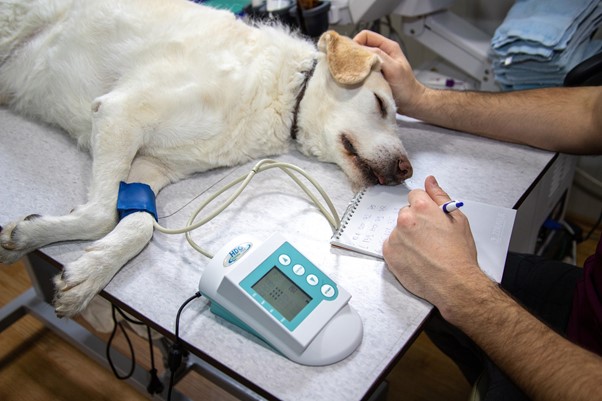Everything Dog Owner Needs To Know About Hydrolyzed Protein Diet
A hydrolyzed protein diet is a type of dog food that is useful for dogs with allergies and also can be used to manage digestive problems. This article provides basic information about hydrolyzed protein diet, how it works, potential benefits, potential side effects and what you should know before transitioning your pet onto a hydrolyzed protein diet.
What is Hydrolyzed Protein?
A hydrolyzed protein in dog food is a form of protein that has been broken down into smaller components called peptides or amino acids through the practice of hydrolysis, making them unlikely to cause an allergic response. The main objective of a hydrolyzed protein diet is to effectively disrupt the proteins within the diet so that existing allergies can be removed. This explains why dog foods with hydrolyzed proteins are frequently said to be “hypoallergenic,” since this is how they become low in allergy-inducing protein.
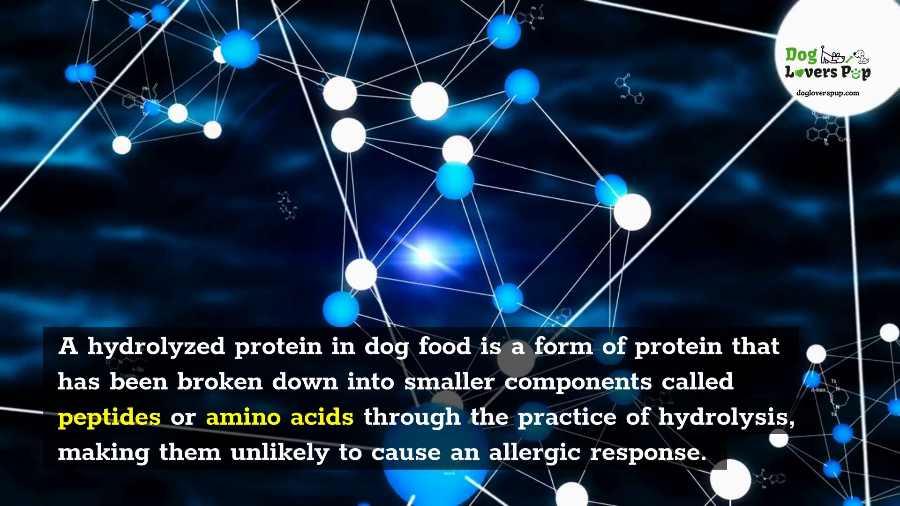
How Long Should a Dog Be On A Hydrolyzed Protein Diet?
Ideally, your pet should be on a hydrolyzed protein diet for 2 to 3 weeks before you can expect to see any beneficial changes. This is because it takes some time for changes in their digestive system to improve. Your vet will most likely recommend this type of diet if your dog has certain health problems such as chronic vomiting, diarrhea, and malabsorption problems. Dogs with food allergies are also prime candidates for a hydrolyzed protein diet.
Common Health Issues Treated With Hydrolyzed Protein Diet
Malabsorption and Nutrient Deficiencies – If your dog has experienced digestive problems their health may also be suffering because of malabsorption issues, nutrient deficiencies, or other issues related to improper digestion. A hydrolyzed protein diet can help with these by restoring the balance in the body so nutrients can be more easily absorbed and used for energy.
Sensitive Stomachs and having trouble digesting food – A common problem amongst dog owners with pets that have a sensitive stomach is finding the appropriate food to feed them. Hydrolyzed protein diets contain easily digested proteins and usually do not cause vomiting or diarrhea in most cases, making it easier for your pet’s body to digest.
Dog Food Allergies – If your dog is suffering from food allergies and the vet has determined that their system cannot handle many different types of proteins, you will need to put them on a hydrolyzed protein diet. This type of diet contains very few ingredients which mean there is less chance of an allergic reaction occurring.
Exocrine Pancreatic Insufficiency (EPI) – There are a number of health issues that can benefit from hydrolyzed protein dog food, but EPI is one of the most common ones. This condition comes about due to a lack of lipase in the pancreas which stops the body from being able to break down fats. So, essentially, when your pet eats, they are not getting any nutritional value out of it. The main symptoms include loose stool and an unkempt coat. You should consider putting your dog on a hydrolyzed protein diet as long-term use can solve digestion and absorption problems, and it will also make sure that dogs with certain health conditions get the nutrition they need.
Inflammatory Bowel Disease (IBD) – Inflammatory conditions of the pancreas, pancreatitis, colitis, and various types of gastrointestinal ulcers. These are all very serious conditions that can make eating regular food rather difficult for your pooch. When dogs are diagnosed with IBD there are usually two treatment options: steroids or a hydrolyzed protein diet. Since steroids come with many negative side effects it has become standard protocol for veterinarians to recommend putting them on a hydrolyzed protein diet over medication when possible.
Does Hydrolyzed Protein Diets Really Work?
Yes, hydrolyzed protein diets work for the majority of pets and they do so in a very short amount of time. The best part is that they can be used to treat and manage a variety of health problems which makes them worth adding to your pet’s diet even if their digestive system is not suffering from any issues.
Hydrolyzed Protein vs Hypoallergenic Diet
Many dog owners find themselves wondering if feeding their dog a hypoallergenic diet is the same thing as a hydrolyzed protein dog food. Essentially, there are some similarities but they are not exactly alike. For instance, hypoallergenic pet foods may be corn-free, grain-free, or even soy-free. They might also contain novel proteins to reduce the chances of pets having allergies against them in the future.
Hydrolyzed protein diets usually consist of one main ingredient like chicken, lamb, salmon, etc., though they could still contain grains and vegetables depending on how it was formulated. The main difference is that hydrolyzed proteins have already been broken down into smaller pieces so your dog’s body can easily digest them without any issues. This means that dogs with digestion problems need to be on a diet high in these supplemental proteins, while hypoallergenic pet foods are more to help reduce the chances of allergies.
How Long Will It Take For A Dog To See Improvement?
After a dog has been switched to a hydrolyzed protein diet they will notice an improvement in digestion and elimination problems within two weeks. They may also see an increase in energy levels as well as a better coat. If a dog with food allergies is put on this type of diet the effects are fairly immediate, though it can take some time for your pet’s immune system to adjust itself. So while you may start to see positive results after only 2-3 days, it may be up to 3 weeks before you experience 100% relief from symptoms caused by the allergies.
Is Hydrolyzed Protein Food Safe For Dogs?
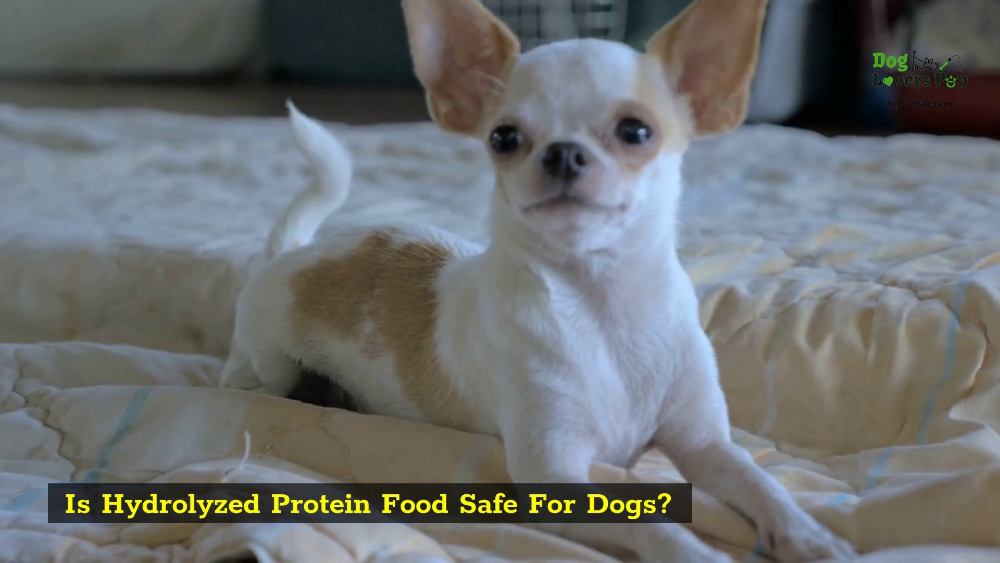
Yes, hydrolyzed protein dog food is very safe and it has been shown to be effective even in pets with numerous digestive disorders. Most dogs will not have any side effects when starting a hydrolyzed protein diet however you should always keep an eye on your pet’s physical appearance and behavior to make sure they are not having problems. If anything seems off you should contact your veterinarian immediately as they can pinpoint the source of the issue much faster than you can.
How Long Should I Keep My Dog On A Hydrolyzed Protein Diet?
Generally speaking, once your pet’s digestive issues have been solved (which will be evident after 2-3 weeks) you can start weaning them off the hydrolyzed protein diet and onto more traditional foods. However, always consult with your veterinarian before making any dietary changes for your pet.
What Are Some of The Potential Side Effects?
There aren’t many negative long-term side effects known at this point – though increased energy seems to be one benefit owners commonly report after transitioning onto hydrolyzed protein dog food on their veterinarians’ advice.
Some dogs may experience an increase in flatulence, or be excessively gassy after switching to hydrolyzed protein diet due to the fact they aren’t used to the new ingredients in their diet yet. However, these symptoms are temporary and should subside within 2-3 weeks.
Additionally, since it changes the way nutrients are digested and used within the body, you may notice that your pet has an increase in stools or frequent bathroom trips. This, again, is usually only temporary and should subside once their body gets used to the hydrolyzed protein diet. Consult with your veterinarian if the symptoms continue longer than expected (or get worse).
Hydrolyzed Protein Dog Food Brands
High quality hydrolyzed protein dog food brands like Orijen, Acana, Nulo, etc. offer their customers a wide range of products that are made with extremely high-quality ingredients. All of them contain at least 70% animal proteins which ensure your pet is getting the best possible nutrients from their food. If you need recommendations, read our reviews on top-rated hydrolyzed protein dog food brands here.
Tips for Transitioning Your Dog to A New Diet
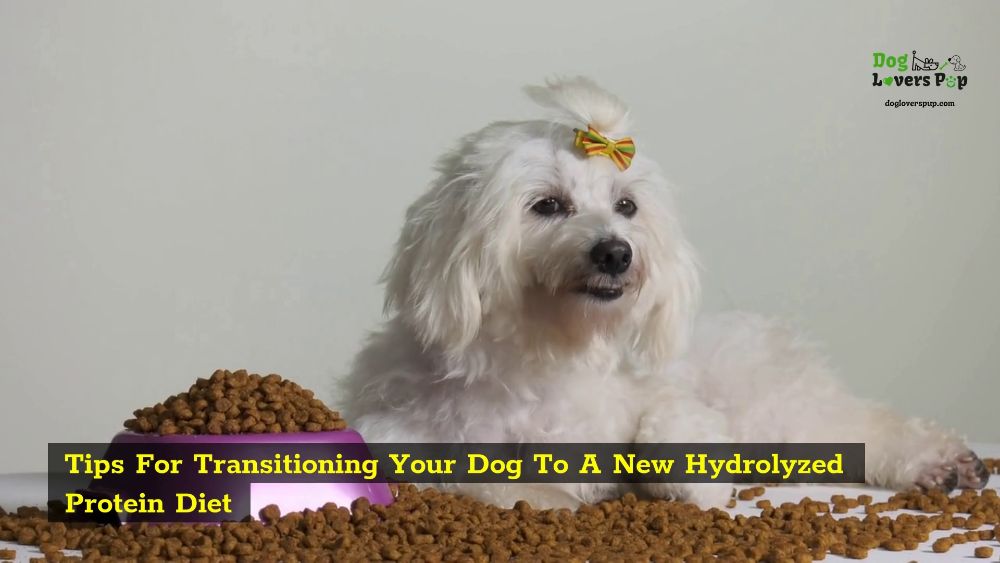
- Start by gradually adding small amounts of the new food to your dog’s old food. This will help their digestive system adjust to the new diet.
- If your dog is resistant to the new food, try mixing it with their old food until they are used to the taste.
- Be patient! It may take a few days or weeks for your dog to adjust to its new diet.
- If your dog has any digestive problems after switching to a new food, consult your veterinarian. They may need to switch to a different diet altogether.
Transitioning your dog to a new diet can be a challenging but rewarding experience. By following these tips, you can help your dog make a smooth transition to its new diet. And remember, if you have any questions or concerns about your dog food and nutrition, don’t hesitate to consult your veterinarian.
Final Thoughts
Hydrolyzed protein diets have been used for many years by vets to help manage pets’ digestive issues and they continue to be an effective option today. If your veterinarian recommends a hydrolyzed protein diet for your pet you can trust that it is perfectly safe to put them on the new meal plan right away.
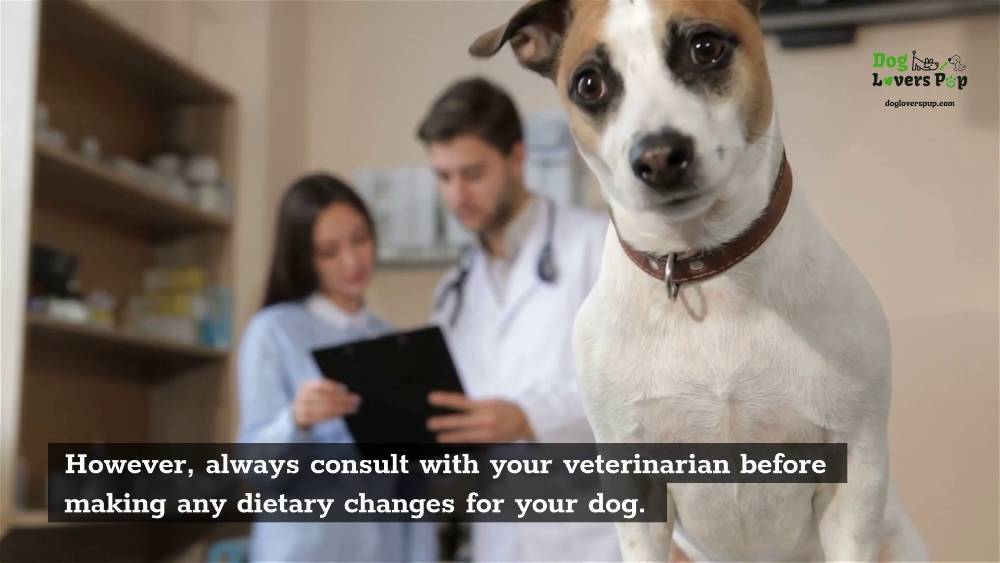
In general, once your pet’s digestive problems have been solved you should be able to switch them onto a more traditional food without too much trouble. However, always monitor their health just in case and ask the advice of a professional before making any changes when it comes to their diet.
Disclaimer: This article doesn’t intend to replace professional veterinary advice, nor should it be used as a substitute for veterinary services, diagnosis, or treatment. The content on this website, including information and opinions expressed herein, are intended for general informational purposes only. In case you have concerns or questions regarding your dog’s health and diet requirements, please consult your veterinarian before doing anything that might affect it.
DogLoversPup.com and the writer are not responsible or liable for any damage, liability, costs, or claims arising from any possible consequences of the reader’s action after reading this article.


